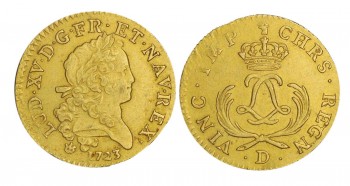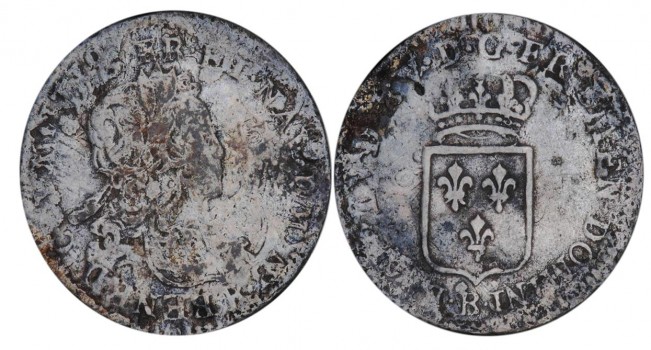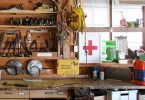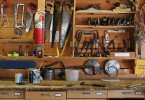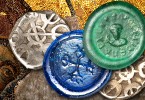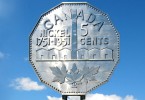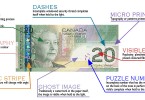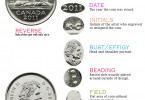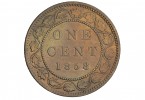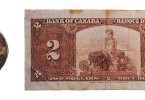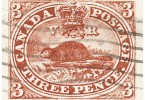Rediscovering the NCC’s treasure troves
With over 100,000 artifacts in the National Currency Collection, it shouldn’t be surprising that some things are forgotten about. Take for example the “treasure troves,” coins that have been salvaged from shipwrecks.
A 17th century Spanish galleon. A painting by Cornelius Verbeeck. (Wikimedia:Lalay, The National Gallery)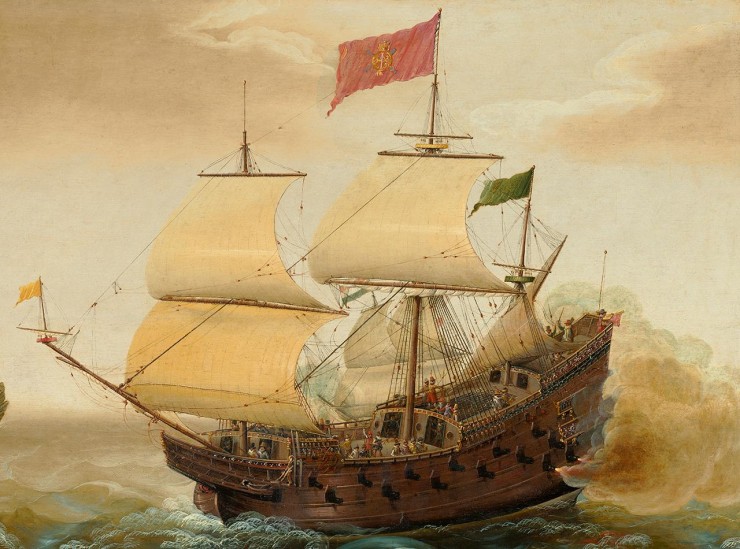
During the “Age of Discovery,” the likes of Christopher Columbus, Vasco da Gama, Amerigo Vespucci and Jacques Cartier petitioned the European rulers to back their voyages through unchartered waters in search of new trade routes to the Far East. There were thousands of shipwrecks. Most were Spanish galleons, loaded with gold and silver from Central and South America; perishing at sea due to treacherous weather, pirates and armed conflict. Over a 400-year span, Spaniards had been draining the American continents of their mineral wealth. It is estimated that there were over 32,000 trans-oceanic voyages in this era.
Many of the notable shipwrecks discovered to date have been found off the coast of Florida. During the late-summer hurricane season, the stretch of water along Florida’s east coast and out toward the open seas was notorious for claiming many ships. Even during the 1950s and 60s, the area, which became known famously as the Bermuda Triangle, was the site of the mysterious disappearance of many aircraft and ships. Sailing vessels leaving the Caribbean bound for Europe had to follow the Florida coast north to find the favourable trade winds to bring them east across the Atlantic Ocean.
This Spanish gold cob was struck in Mexico City and recovered from a 1715 Fleet shipwreck. (NCC.2015.24.1)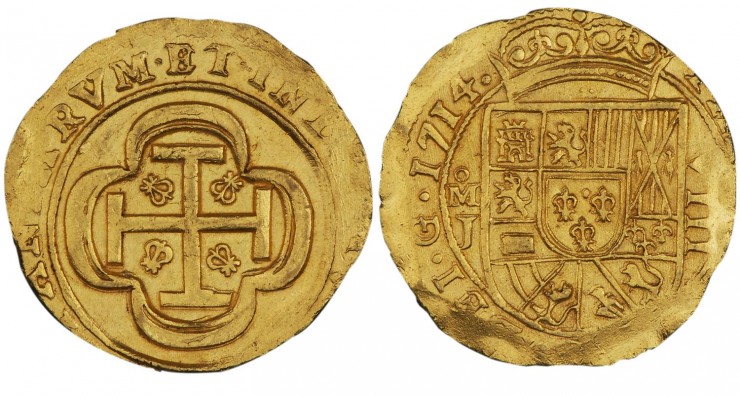
The coin featured above was salvaged from the so-called 1715 Treasure Fleet. It was in fact a combination of two fleets: one from Mexico and one from South America, totalling some 12 or 13 ships. The fleet was carrying over 1,000 people and 14 million pesos in coins (14 million dollars at the time). On June 30, 1715, off the east coast of Florida, the ships encountered a hurricane that destroyed the whole fleet. Hundreds of the crew and passengers were lost, along with the entire cargo of coinage. Modern salvage of the 1715 Fleet shipwreck began in the 1950s. Today, divers and salvagers continue to find coins from those wrecks.
Spanish 4 and 2 reales silver cobs from the Lima mint in Peru. (NCC.1993.12.1)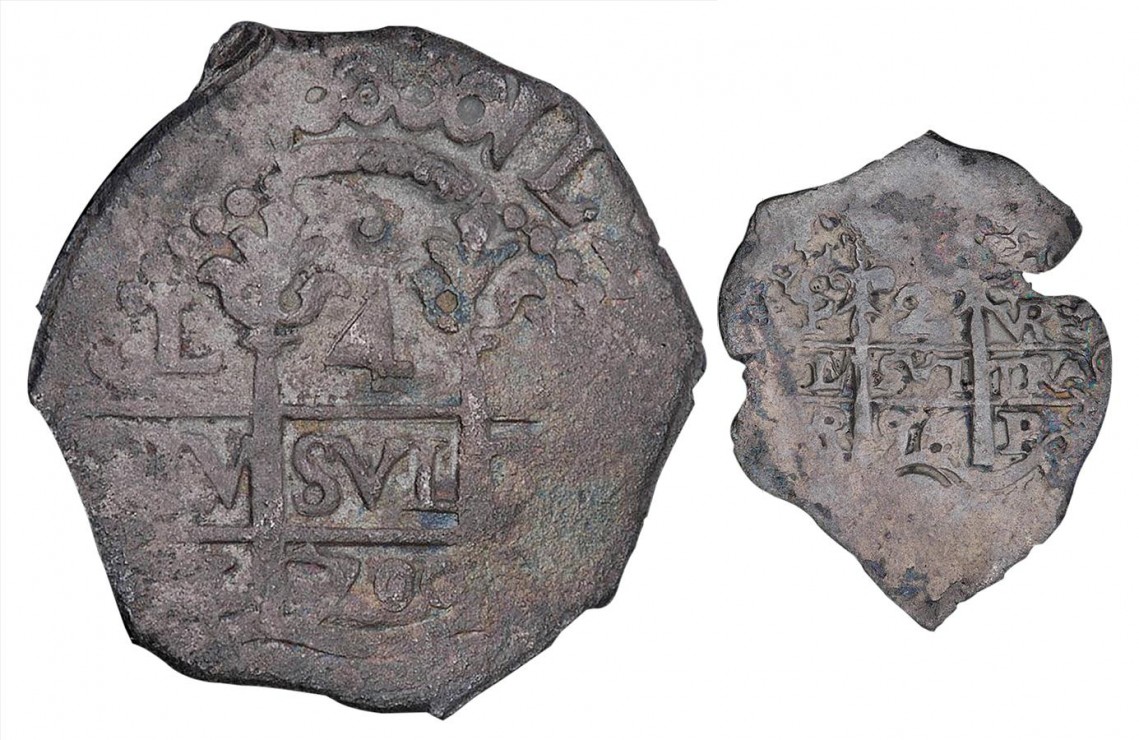
Canadian waters have also claimed their fair share of treasure ships. The HMS Feversham was a 32-gun British warship on its way from the Gulf of St Lawrence to New York with provisions and cash to assist the British campaign against the French (Queen Anne’s War, 1702–13). The Feversham, along with three other ships, sank off Scatarie Island near Louisbourg, Nova Scotia during a storm on October 7, 1711. Many souls perished in that storm and survivors bribed French fisherman to take them to New York. Attempts were made to salvage the wreck, but it lay untouched for centuries. Famous Canadian salvager Alex Storm’s diving team lifted the ships’ treasures in 1968. Subsequent searches of the wreck yielded more booty for fortunate divers. Below are a couple of Spanish cobs from that wreck. Spanish coins were so abundant and readily accepted, that it was not unusual to find them in the cache of a British ship.
In 1725, the rocky shores of Cape Breton’s east coast claimed another ship when the French man‑of‑war Le Chameau, bound for Louisbourg, was caught in a storm and driven onto the rocks off the coast. On board was 80,000 livres (about $12,000 in 1725 dollars) of French gold and silver coins destined for Québec. It was the loss of ships like this that forced the Intendant of New France, who was responsible for the colony’s finances, to issue playing‑card money as a temporary measure to pay the troops until more coinage arrived. The wreck of Le Chameau was discovered in 1961 and a salvage expedition begun in 1965. The contents of the stricken ship were sold at auction in 1971. These French gold louis and silver ecu coins are from among a couple of hundred the National Currency Collection acquired at a sale. Over the years, salt water had severely damaged the silver coins, yet the gold coins have remained completely intact, proving the metal’s resilience and value.
A Spanish/American silver “piece of 8” found on a Florida beach. This one’s not so good. (NCC.1972.70.1)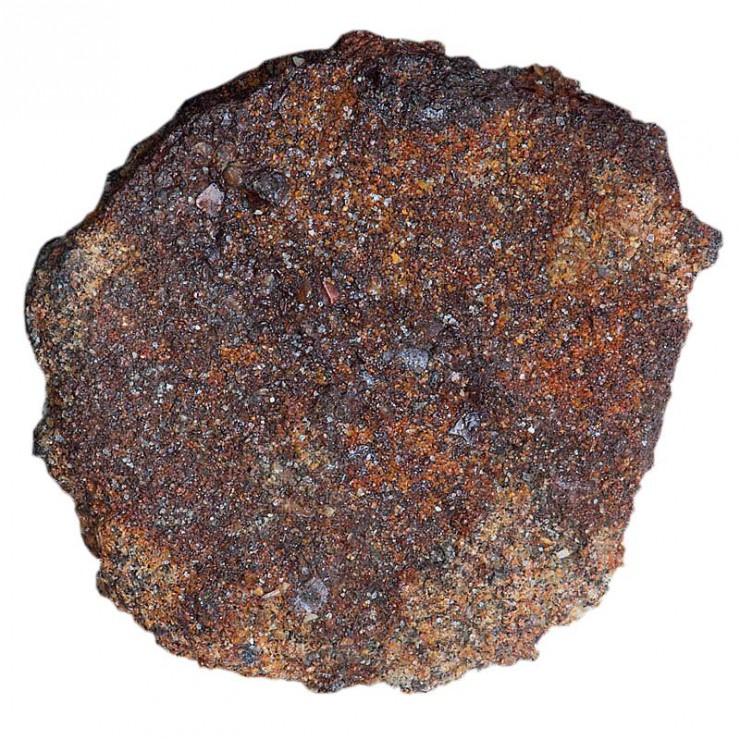
There have been thousands of shipwrecks, many of which, by any standards, carried enormous wealth. Treasure hunters have combed the beaches and oceans to uncover the rich treasures of gold and silver coins from the vast mines of Latin America or from European colonial powerhouses like France, Great Britain and the Netherlands. I would like to think that rediscovering the treasure trove coins in the National Currency Collection has been my own treasure hunt and that I can now share the wealth of knowledge about these fascinating coins with our curious and inquisitive visitors.
The Museum Blog
The Adventure of Exhibit Planning VIII
By: Graham Iddon
On this trip, we were all excited to see the 8-foot-tall wooden panels with the full copy printed directly onto them. Using a new process, staff of the exhibition fabrication department at the Sherbrooke Nature and Science Museum have produced some very impressive results.
The Adventure of Exhibit Planning VII
An exhibition fabrication company was finally selected by the Museum to produce the upcoming “Voices from the Engraver” travelling exhibition. It’s all very exciting.
New Acquisitions
By: Raewyn Passmore
The recent additions to the National Currency Collection described below are from very different parts of the world and are between 1500 and 2500 years old.
The Big Nickel
By: Paul S. Berry
The commemorative 1951 5 cent piece was issued to mark the 200th anniversary of the naming of nickel and its isolation as an element. Recently, I had the great pleasure to participate in the Big Nickel anniversary festivities and give a talk about the design competition for the 1951 5 cent coin.
The Adventure of Exhibit Planning VI
By: Graham Iddon
This is not the time for ‘nay sayers’. Basically, we planned a luxury car knowing that when all was said and done, it was going to be a very nice family sedan (maybe with the big engine?).
The Adventure of Exhibit Planning V
By: Graham Iddon
Now the writer takes a deep breath and attempts to take a subject like the ‘representation of 75 years of national identity as depicted on stamps and bank notes’ from 50 pages of research and squash it into 65 words.
The Senior Deputy Governor’s Signature
By: Graham Iddon
For much of their history, Canadian bank notes have represented a promise, a guarantee that they could be redeemed for “specie” (gold and silver coins) at their parent institution.
Becoming a Collector V
By: Graham Iddon
Suppose you walk into a bar frequented by currency collectors and in an attempt to join in you refer to a ‘planchette’ as a ‘rosette’ (beer mugs hit the tables and the pianist stops playing). This could be pretty humiliating and you’ll probably never be able to go to that bar again, at least not on numismatic night.
Becoming a Collector IV
By: Graham Iddon
Now that you have a grasp of preservation techniques for coins, you might want to familiarize yourself with the finer points of their anatomy. It is all part of your numismatic education and besides, you need to be informed and sound informed when you are buying coins at flea markets or coin fairs.
Museum Reconstruction - Part 3
By: Graham Iddon
Though naturally we are aware that the former Museum space is being gutted, the reality of seeing it empty is still pretty strange for most of us here. In the last blog of this series we showed you the empty cafeteria space that will become the new Museum, as well as some images of the old Museum as it was at the time: stuffed with odds and ends of exhibit cases, the occasional display still on the walls.
CENTimental Journey
By: Graham Iddon
With all the blogging we’ve been doing for Voices from the Engraver, you’d think we had nothing else on our exhibition plate. We do, actually, and it’s called CENTimental Journey. This temporary exhibition, hosted at the Canadian Museum of History, walks you through more than 150 years of the Canadian 1 cent piece.
Museum Reconstruction - Part 2
By: Graham Iddon
We are coming up on a year since we closed the doors on the physical museum. During that year, we’ve worked very hard to make sure everybody knows that we are still a functioning museum and one that will be opening its doors again in a few years on a beautiful new space, with an expanded mission and mandate.
Becoming a Collector III
By: Graham Iddon
For you as the steward of your collection, your aim is to preserve the items as best as you can by protecting them from further deterioration. The pros call this preservation.
The Adventure of Exhibit Planning IV
By: Graham Iddon
This exhibition is about engravers, production processes and the beauty of postage stamps and bank notes. In the previous episode of this series we talked about the process surrounding securing the bank notes for this exhibition and how it had to take into account both the needs of the exhibition team and the concerns of the collections department.
